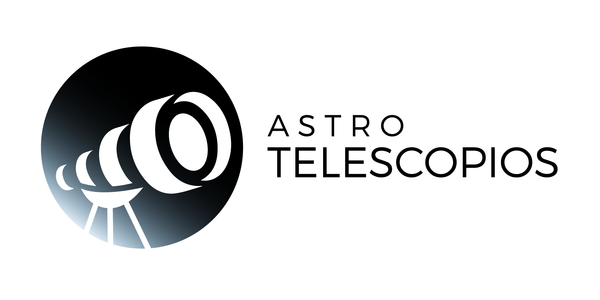
Learn to collimate the telescope
Collimating a telescope means adjusting the different optical components of the telescope, such as mirrors or lenses, so that they are aligned and focused correctly. If the telescope is not collimated correctly, the quality of the image it produces may be poor, which can make it difficult to observe the details of the object being observed.
Collimation generally involves adjusting optical components so that reflected or refracted light rays focus on the same focal point. In a reflecting telescope, for example, collimation would involve adjusting the primary and secondary mirrors so that they are aligned and focused correctly. In a refracting telescope, collimation may involve adjusting the lenses to ensure they are properly centered and focused.
It is important to collimate a telescope regularly, especially after transporting it or if it has been bumped or dropped. Proper collimation ensures a clear, sharp image of the celestial objects being observed.
What do I need to collimate a telescope?
The components needed to collimate a telescope can vary depending on the type of telescope being used and the collimation technique preferred. Here is a list of some items that may be needed to collimate a telescope:
-
Collimator: It is a tool used to adjust the telescope. There are different types of collimators, but in general, they contain a series of holes that project a pattern of dots or circles to help align the different components of the telescope.
-
Eyepiece: used to observe the pattern of points or circles projected by the collimator. A reticle eyepiece can be especially useful for collimation.
-
Adjustment Screws: Used to adjust telescope components, such as mirrors or lenses, so they are properly aligned.
-
Adjustment Tools: The specific tools needed may vary depending on the type of telescope being used, but a screwdriver or Allen wrench may be needed to adjust the adjustment screws.
-
Instructions: It is important to note the specific instructions for collimating the telescope you are using, as the steps may vary depending on the model.
It is important to note that collimating a telescope can be a complicated process, so it may be helpful to search for online tutorials or videos to get a clearer idea of how to carry out the process.
How to collimate a telescope?
Normally it is more common to have to collimate reflector telescopes, refractors also need that care, but not as frequently. That is why this time we are going to focus on the collimation of reflecting telescopes.
Collimating a reflecting telescope involves adjusting the primary and secondary mirrors so that they are aligned and focused correctly. Here are some general steps that can be followed to collimate a reflecting telescope:
-
Make sure the telescope is level and pointed at a distant, bright object, such as a bright star or the top of a mountain.
-
Remove the eyepiece and make sure the telescope tube is clean and free of dust.
-
Insert the collimator into the telescope focuser. Adjust the focal length of the collimator so that it is in focus and place it in the center of the telescope tube.
-
Look through the eyepiece of the collimator and adjust the screws on the secondary mirror so that the pattern of dots or circles is centered in the eyepiece.
-
Adjust the primary mirror adjustment screws so that the dot or circle pattern is centered in the collimator eyepiece.
-
Continue adjusting the mirrors and checking the pattern of dots or circles until they are centered and focused correctly.
-
Remove the collimator and replace the eyepiece. Check that the telescope is focused correctly on a bright, distant object.
It is important to note that the specific steps for collimating a reflector telescope may vary depending on the model, so it is important to follow the manufacturer's instructions or search for online tutorials for more detailed guidance. Additionally, collimation must be done with care and patience, as it is a delicate process and can take time and practice to master.
At AstroTelescopios.com we offer different types of collimators for your telescope. Click here to access the collection.
